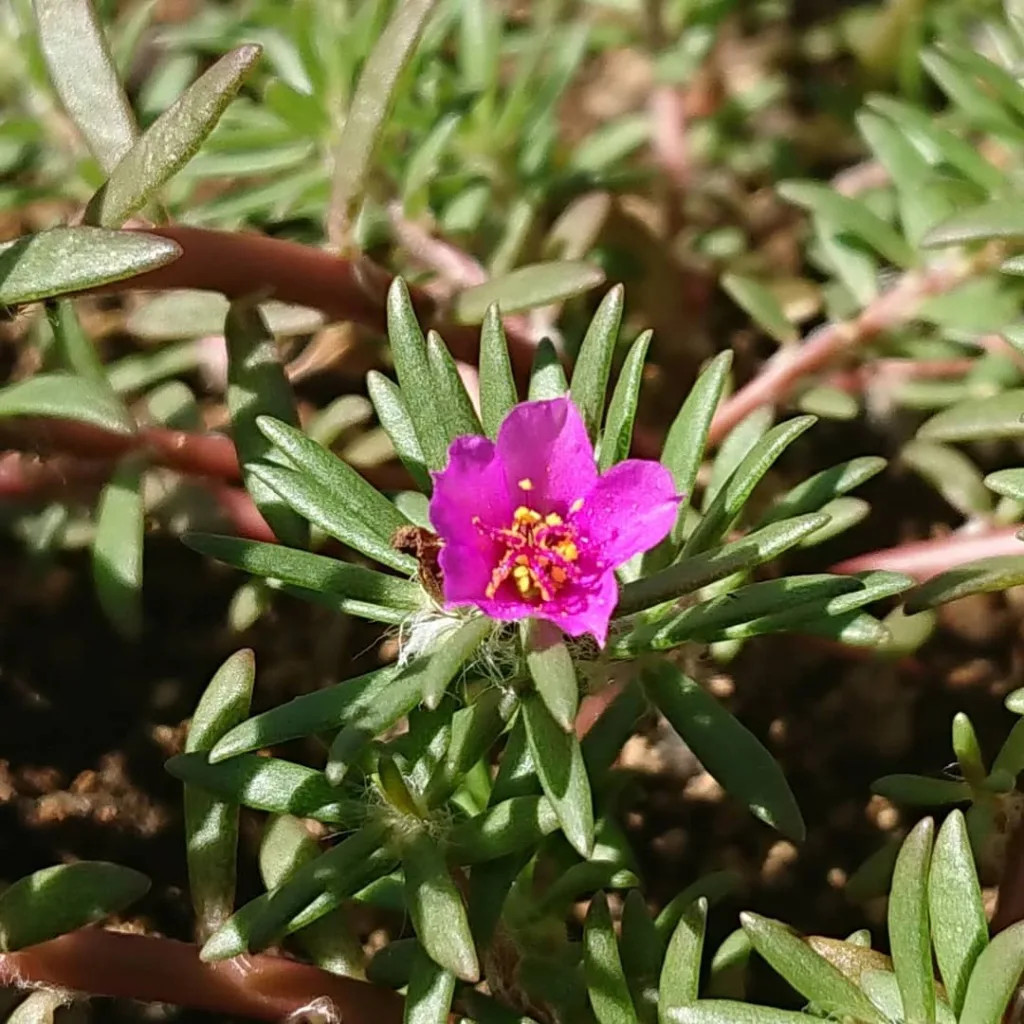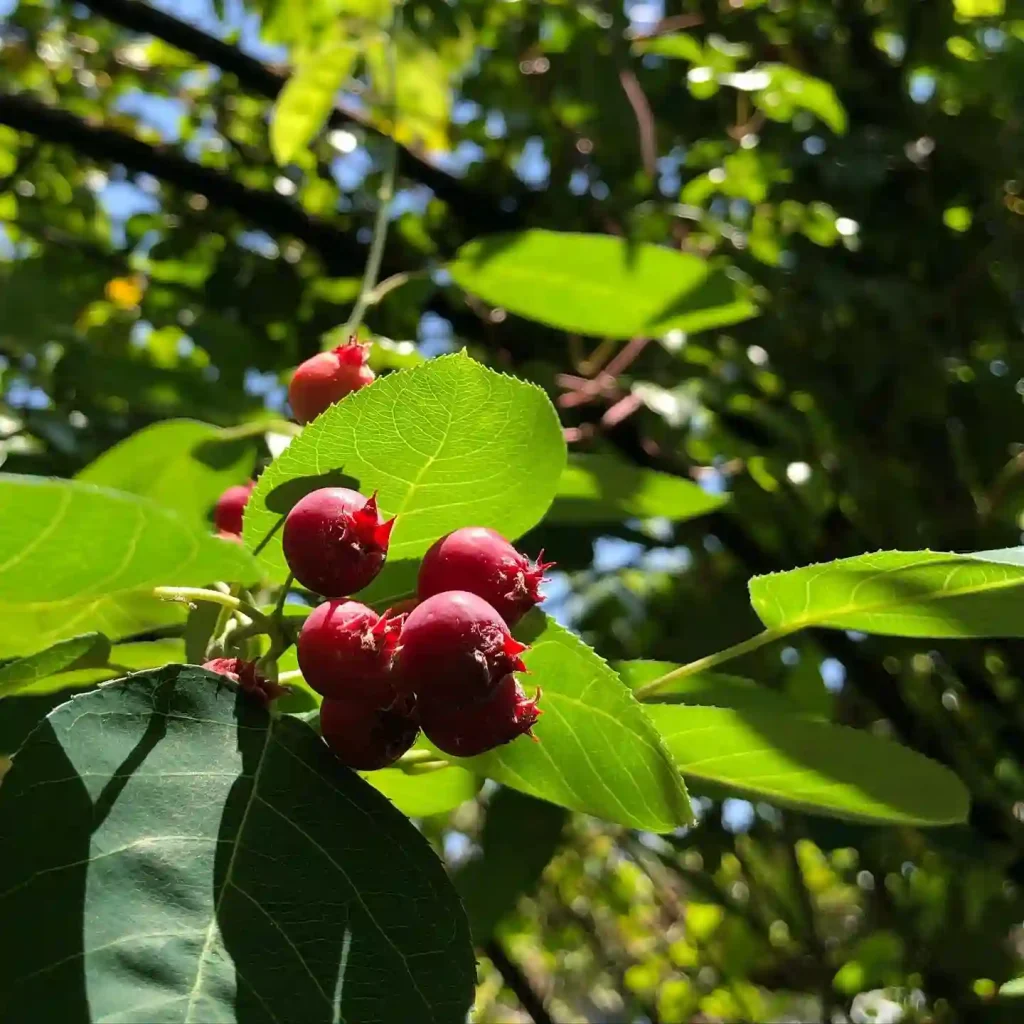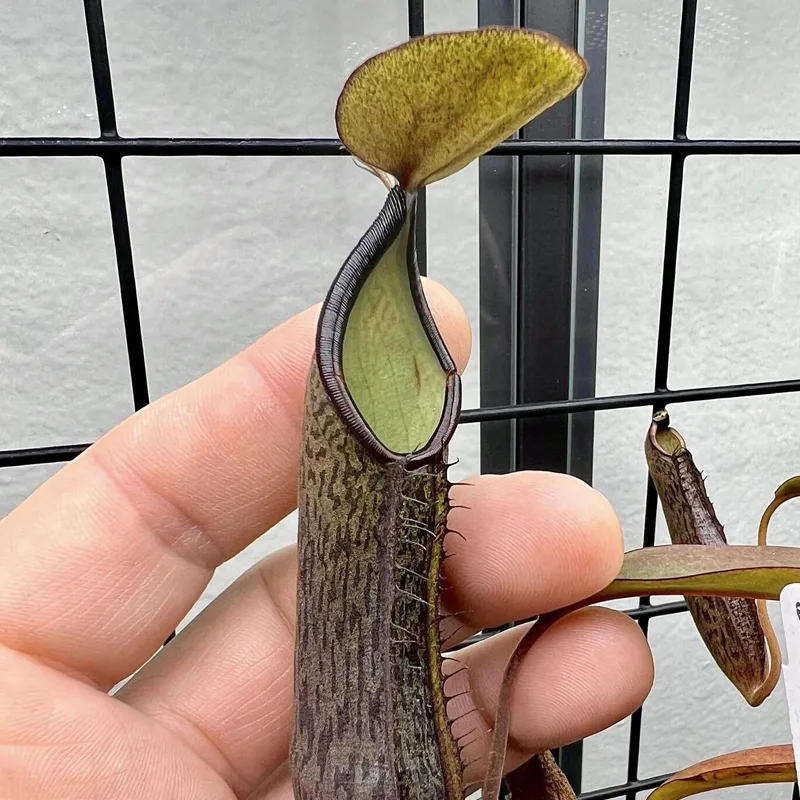Exploring the Lycopodiaceae Family
As a plant enthusiast, I’ve come across a diverse range of families, but the Lycopodiaceae family, commonly known as the “clubmoss family,” holds a special fascination for me. The plants in this family are ancient, dating back over 300 million years, which instantly drew me in. The rich history and unique evolutionary traits of these plants make them an interesting subject to dive into.
In this article, I’ll focus on three key genera in the Lycopodiaceae family: Huperzia, Lycopodiella, and Lycopodium. Each of these genera has distinct characteristics, but they all share a connection to the past that makes them so compelling.
Understanding the Lycopodiaceae Family
The Lycopodiaceae family is a group of vascular plants that reproduce using spores rather than seeds or flowers. This family is typically associated with the prehistoric period, and it still retains that primal, almost timeless look. The plants are found all around the globe, often inhabiting forest floors, mountainous regions, or even rocky terrains.
These plants may not be as flashy as flowering species, but they have an ancient resilience that’s worth appreciating. With their creeping or erect stems and scale-like leaves, clubmosses exhibit a unique beauty that sets them apart from more modern flora. They have evolved very little since the Carboniferous period, a testament to their survival in changing environments.
Huperzia: The Medicinal Gem of Lycopodiaceae
When I first encountered Huperzia, I was drawn to its intriguing structure and growth habits. This genus, also known as firmosses, is primarily epiphytic, meaning it grows on other plants without parasitizing them. Huperzia plants often cling to rocks, trees, or other forest debris, making them versatile in their habitats.
But what really grabbed my attention was the medicinal value of this genus. In traditional Chinese medicine, Huperzia serrata is used to produce huperzine A, a compound that has been studied for its potential to treat Alzheimer’s disease and improve memory function. I was impressed by the idea that this ancient plant could be linked to modern medical research.
In terms of growth, Huperzia prefers humid environments, often found in rainforests or alpine regions. It’s one of those plants that thrive on neglect, which suits my sometimes hands-off approach to gardening. I’ve noticed that Huperzia requires consistent moisture and shade but can otherwise be left to grow without too much interference.
Lycopodiella: The Creeping Pioneer
Lycopodiella, often referred to as bog clubmoss, is another genus within Lycopodiaceae that I find fascinating. These plants typically thrive in wetlands or boggy areas, which immediately sets them apart from their relatives. They have creeping stems that spread out to cover the ground, making them an excellent plant for stabilizing soil in moisture-rich environments.
What I love about Lycopodiella is its ability to colonize and pioneer new areas. It’s a true survivor. When I’ve seen Lycopodiella in the wild, it’s often in places where few other plants can establish themselves. This adaptability makes it a resilient genus.
A key characteristic of Lycopodiella is its reliance on symbiotic relationships with fungi, a feature shared by many members of the Lycopodiaceae family. This partnership helps the plant absorb nutrients in nutrient-poor soils, which allows it to thrive in challenging conditions. From a gardener’s perspective, this plant is low-maintenance but prefers moist environments to flourish.
Lycopodium: The Iconic Clubmoss
63 Species in Genus Lycopodium
When people think of clubmosses, they’re usually picturing Lycopodium. This genus is the most widely recognized within the Lycopodiaceae family, and it’s easy to see why. With its spiky, evergreen leaves and delicate spore-bearing cones, Lycopodium plants resemble miniature versions of ancient trees.
One of the standout features of Lycopodium is its ability to spread via creeping rhizomes, which makes it an effective ground cover. I’ve found Lycopodium growing in shaded forest floors, where it forms dense mats of green that are almost impenetrable. It’s a plant that creates its own ecosystem, providing shelter for small insects and maintaining soil moisture.
Lycopodium also has a fascinating historical use. The spores of this plant are highly flammable, and they were once used in early photography as flash powder. This was something I found particularly intriguing when researching the genus, as it shows how plants from the past continue to influence our modern world in unexpected ways.
From a cultivation standpoint, Lycopodium is relatively easy to grow as long as it has enough moisture and shade. It’s an ideal plant for anyone who wants to recreate a forest-like atmosphere in their garden or terrarium. However, it can be slow-growing, so patience is essential if you plan on propagating it.
Why Lycopodiaceae Captivates Me
What I appreciate most about the Lycopodiaceae family is its quiet resilience. These plants aren’t showy or fast-growing, but they’ve survived for hundreds of millions of years, adapting to different climates and environments. As someone who values plants not just for their beauty but for their history and usefulness, Lycopodiaceae ticks all the boxes.
From the medicinal potential of Huperzia to the pioneering nature of Lycopodiella and the historical significance of Lycopodium, these genera offer a glimpse into the past while remaining relevant today. Whether you’re interested in ancient plant life, medicinal research, or simply looking for unique plants to add to your collection, the Lycopodiaceae family has something to offer.
In my own experiences with these plants, I’ve come to respect their longevity and adaptability. They serve as a reminder that survival in nature often comes down to slow, steady growth and the ability to thrive in harsh conditions. For me, that’s what makes the Lycopodiaceae family worth exploring and preserving.
If i die, water my plants!



